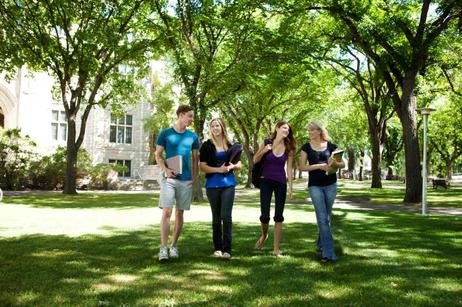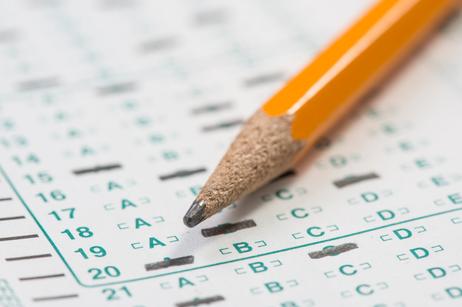Many students find that a PG or Post Graduate year is a wonderful solution to several situations. Perhaps they feel that they are a little young to go off to college. As Kim Chorosiewski points out, a PG year offers time to grow and develop without taking a year off. Maybe they want to perfect a sport or artistic activity. A PG year offers a well-focussed span of time in which to accomplish that perfecting. A PG year also offers a chance to remediate any small gaps you might have in your high school transcript. Or maybe you just want a year before you head off for five years of pre-med or bio-kinetic science. The PG year can suit a variety of purposes.
The PG Year is sometimes referred to as a Gap Year or a year off. Implicit in either description from my point of view is the fact that a PG Year is a structured program of study, not simply a year off where you sit around and do absolutely nothing. Over one hundred private day and boarding schools offer PG Years. It will be worthwhile to explore a couple of programs to see if they fit your requirements.
When you are in high school, there is obviously a big push to complete your academic studies with the best results possible in order to get into the college you want to attend after high school. A gap year gives you an extra year to


















-8okvj5w8m60w0ws40oocok84w-280.jpg)





